In modern software development, one of the biggest challenges is keeping requirements, design, and implementation aligned. Too often, teams jump straight into coding without a solid specification, leading to rework, misunderstandings, and bugs. That’s where spec-driven development comes in — an approach that places clear specifications at the heart of the workflow.
1. What is Spec-Driven Development?
Before diving into the tool, let’s clarify spec-driven development. This is a software development approach where specifications play a central role. They are created clearly before coding begins, and every step afterward (design, task breakdown, implementation, testing) follows those specifications.
1.1 Core Principles
-
Clear specifications before coding: Requirements, acceptance criteria, architecture, and tasks must be defined before writing any logic.
-
Traceability: Each piece of code and each task can be traced back to the original spec — from requirements → design → tasks → code → testing.
-
Role clarity: Business analysts, product managers, architects, and developers contribute to specs and follow them.
-
Automation & tooling: To reduce errors and repetitive work, tools can generate tasks, skeleton code, and tests directly from specs.
-
Spec-driven testing: Verification/validation is built around acceptance criteria defined in the specs.
Advantages:
-
Reduced risk of misinterpreting requirements
-
Easier maintenance and scalability due to clear documentation
-
Transparency between business and dev teams
-
Supports automation
Challenges:
-
Requires discipline and upfront time to write good specs
-
Demands strong design/translation skills
-
Can feel rigid if specs are frequently changing
2. Introducing Claude Code Spec Workflow
This toolkit, built on Claude Code (Anthropic), automates workflows for spec-driven development — both feature development and bugfix processes. See GitHub: claude-code-spec-workflow.
2.1 Goals & Vision
-
Provide structured workflows for both new features and bug fixes
-
Create scaffolding with slash commands, agents, templates, and dashboards
-
Optimize context sharing to reduce token costs
-
Zero-configuration support for multiple languages (Node.js, Python, Java, etc.)
-
Real-time dashboards to monitor specs, tasks, and bugfixes
2.2 Key Features
| Feature | Description |
|---|---|
| Zero Configuration | Detects project type (Node.js, Python, Java, etc.) automatically. |
| Interactive Setup | User-friendly CLI prompts and error handling. |
| Smart File Management | Generates .claude/ folder with subfolders for commands, specs, bugs, templates, agents. |
| Feature Workflow | /spec-create feature-name "Description" generates requirements → design → tasks → implementation steps. |
| Bugfix Workflow | Commands like /bug-create, /bug-analyze, /bug-fix, /bug-verify. |
| Specialized Agents | AI agents for executing, validating, and analyzing specs/tasks. |
| Context Optimization | Shares context smartly across steps, reducing token usage by 60-80%. |
| Real-Time Dashboard | Web interface to track progress with WebSockets. |
| Dashboard Sharing | Securely share dashboards via HTTPS tunnel with optional password. |
| Steering Documents | Project-wide guidance docs: product.md, tech.md, structure.md. |
| CLI Commands | ~10 slash commands for spec/bug workflows, task execution, status checks. |
| Claude Integration | Designed for Claude Code (Opus for specs, Sonnet for implementation). |
Note: This version will see fewer updates, as the author is moving toward the MCP-based version.
3. Trying Claude Code Spec Workflow
3.1 Requirements
-
Node.js ≥ 16
-
Claude Code installed & configured
-
A project directory to initialize
3.2 Installation
-
Install globally:
npm install
-g@pimzino/claude-code-spec-workflow
-
Check version:
claude-code-spec-workflow
--version
-
Run setup in your project:
cd /path/to/project
→ Creates
.claude/folder with subfolders for specs, bugs, commands, etc.
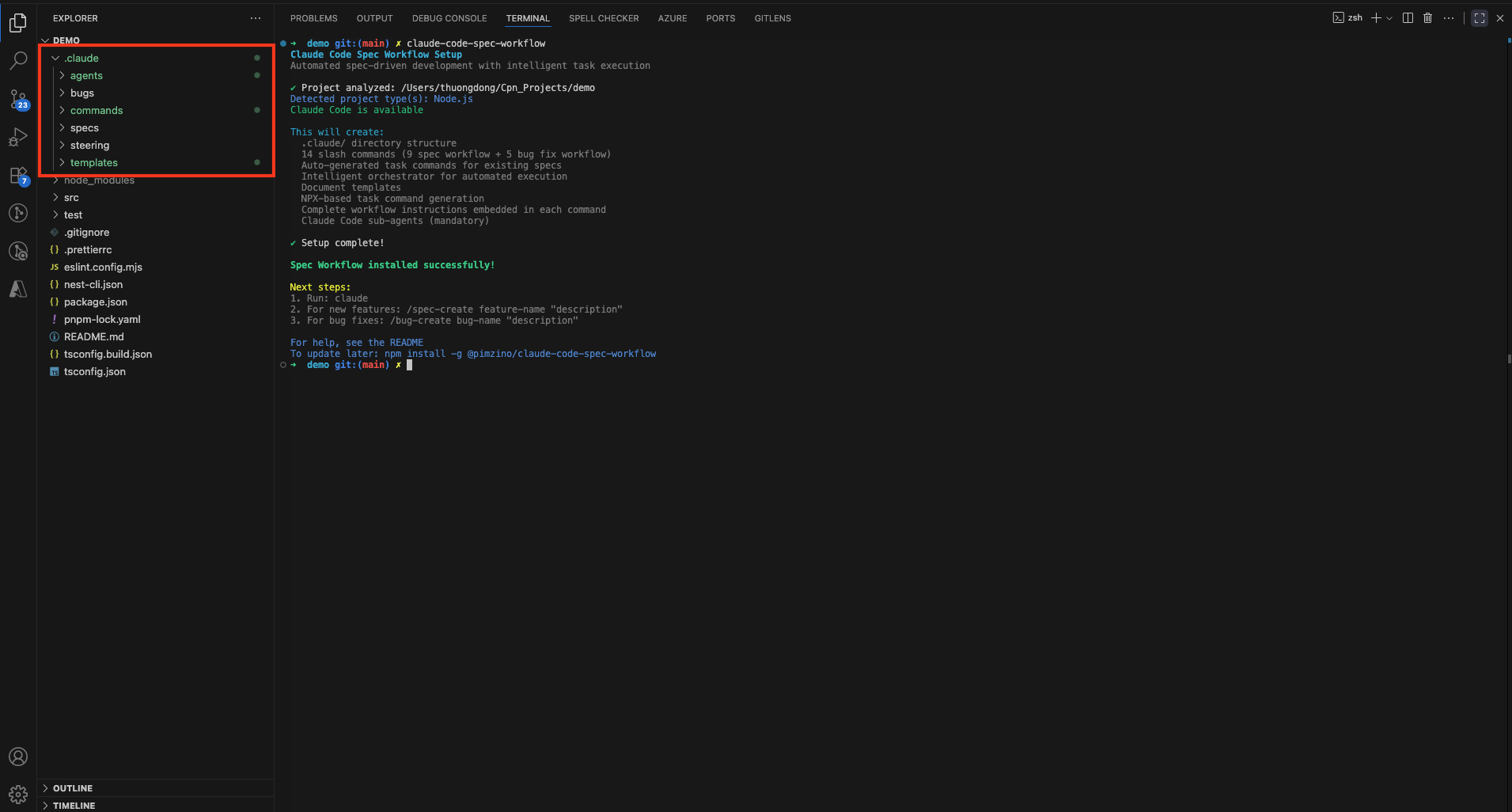
-
(Optional) Generate steering docs:
/spec-steering-setup
3.3 Workflows
a. Feature Workflow
-
Create a spec:
/spec-create feature-name “Description”
→ Generates requirements, design, tasks. Eg: /spec-create signup “Create a REST API for signup with JWT”
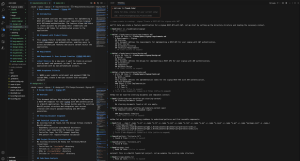
-
Execute tasks:
/spec-execute <id> <feature-name>
or individual auto-generated task commands. Eg: /spec-execute signup
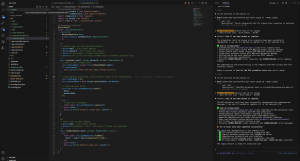
-
Check status:
/spec-status
/spec-list
b. Bug Workflow
-
Create bug:
/bug-create issue-name “Description”
Eg: /bug-create validate-password “Password must be 8 characters long and
include lowercase letters, uppercase letters, numbers, and special characters”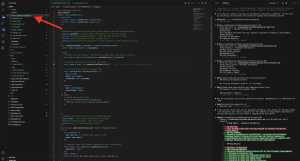
-
Analyze: /bug-analyze
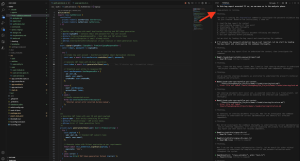
-
Fix: /bug-fix
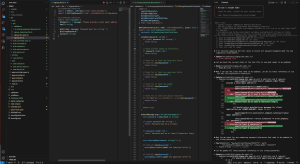
-
Verify: /bug-verify
-
Status: /bug-status
3.4 Behavior (per docs)
-
/spec-create calls Claude to draft requirements, designs, and tasks.
-
With task agents enabled, code or skeleton implementations are auto-generated.
-
Optimized context caching saves tokens.
-
claude-spec-dashboard launches a real-time dashboard, optionally shareable via HTTPS.
4. Observations
Strengths
-
Enforces spec-driven discipline
-
Automates repetitive steps (specs, tasks, code skeletons)
-
Improves project traceability and transparency
-
Real-time dashboard for progress tracking
-
Token-efficient context handling
Considerations
-
Depends heavily on Claude’s quality and your prompts
-
Critical architecture/design still requires human review
-
Specs need careful versioning, especially in dynamic teams
-
This Claude Code version will be less updated than the MCP one
